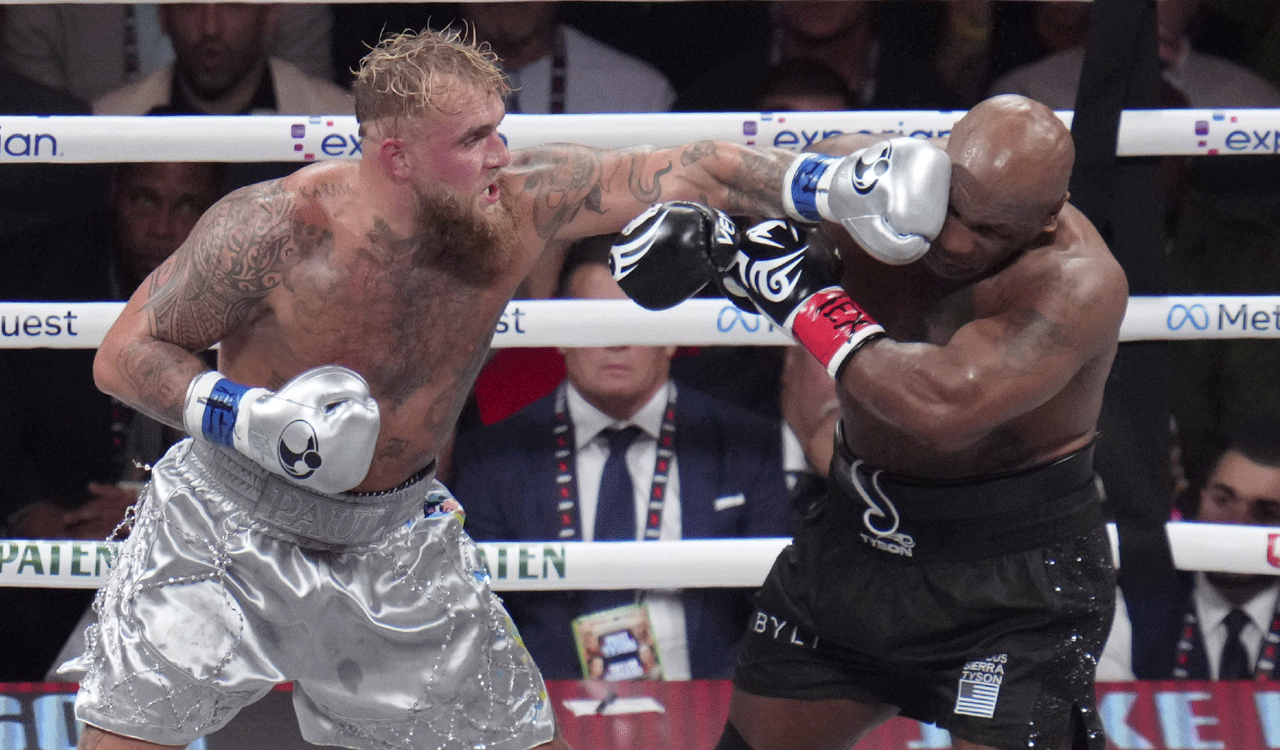Female prisoner: Source brokenchains.us
In America, and around the world, women suffer more in prison. Most female prisoners are housed with little consideration for their needs as women. Now there is a global guide for the treatment of female offenders called the Bangkok Rules.
Certain abuses happen to female offenders just because they are women. It was over a decade when I volunteered as an advocate for inmates in the HIV unit of Alabama’s Tutwiler Prison for Women. Despite earlier lawsuits brought against Alabama’s correctional system, abuses continue there.
Today, federal investigators are calling Tutwiler Prison a “toxic” house of horrors where “repeated and open sexual behavior” is the norm. A Department of Justice investigation found that for two decades prisoners at Tutwiler have been subjected to all manner of humiliation.
The list of abuse includes officers forcing women into sexual acts in exchange for basic sanitary supplies, male guards openly watching women shower and use the bathroom, a staff-organized strip show, and a constant barrage of sexually offensive language, according to the New York Daily News.
However, those abuses in Alabama may now be an international incident. The Bangkok Rules, enacted by the United Nations General Assembly, is the first international guide to the treatment of incarcerated female offenders.
There are more than 625,000 women and girls held in prisons worldwide. America has over 2.2 million incarcerated persons. America’s “War on Drugs” has had a devastating effect on women and men, alike. With only 5 percent of the world’s population, the U.S. has 25 percent of the world’s inmates.
Of that incarcerated population more than 200,000 are women and over one million more are on probation and parole, according to the American Civil Liberties Union. This means American prisons and jails hold about one third of the world’s incarcerated female population.
Historically, prisons were designed for men. The prison architecture, security, healthcare, protections, family contact, and training were all made for a male population, the U.N. says. As with the first prison for women was built in Indiana in 1873, facilities for women are built to separate the sexes not to meet the special needs of female offenders.
Female offenders need special protections. As with the suspected Tutwiler Prison guards, many female offenders are subject to rape by male guards and female inmates. Like male inmates, women struggle with substance abuse and mental illness. More women are victims of prior physical and sexual abuse prior to entering prison then men.
The Bangkok Rules do not ignore the crimes committed women. The Rules take into account their special needs. Community re-entry programs are rarely designed for women. Prisons are located far from family support, breaking a mother’s bond with her children and weakening her community networks, making re-entry more difficult.
Also, female offenders have all the male burdens of incarceration and face pregnancy and birth while incarcerated and the need for gender-specific healthcare services such as HIV and substance abuse treatment as well as screening for breast cancer and other female-related health concerns.
In America, racial disparities in the criminal justice system lead to longer sentences for African-American and Latino women. Since nearly 70 per cent of African-American children live in female-headed households, the loss of that parent to incarceration could mean placement of children in foster care.
Over 80 percent of women prisoners have an identifiable mental illness and one in ten will have attempted suicide before being imprisoned, according to the World Health Organization. Also, women are imprisoned for crimes for which men are not, says the United Nations. And, women offenders face greater stigma than men.
Women visit males in prison. But males rarely visit their female partners at the same rate. Nor do mothers visit daughters as they do their sons. When women return home, they are often rejected, and struggle to rebuild their lives socially and economically, says Penal Reform International.
The Bangkok Rules are a guide for prison authorities, probation services, social welfare and health care services in the community, and non-governmental organizations, helping them to better respond to the needs of women offenders, according to the Rules.
“Orange is the New Black” an American program on Netflix cable television based on the life of Piper Kerman, a White female inmate, has placed prison life for women back on the national stage. Kerman, now an activist, served over a year in Federal Prison in Danbury, CT, for a nonviolent drug-related crime.
Like Piper Kerman, most American women in jails and prisons are serving sentences for nonviolent drug-related crimes. However, unlike Kerman, most inmates are African-American and Latina. The number of incarcerated African-American women has increased 800 percent over the last two decades.
The Bangkok Rules address common issues between women offenders from Alabama to Algiers. But, the Rules are limited. They would not reach the type of racial disparities found in America’s criminal justice system. Enforcement of the Rules is primarily by international peer pressure, and without real punishment.
The women in Alabama’s Tutwiler Prison have American laws to fight their alleged abuses. But, now, they also have the Bangkok Rules on their side.
Gloria J. Browne-Marshall, an Associate Professor of Constitutional Law at John Jay College, in New York City, is a legal correspondent covering the U.S. Supreme Court, the United Nations, and major legal issues. She is author of “Race, Law, and American Society: 1607 to Present.” Twitter:@GBrowneMarshall






